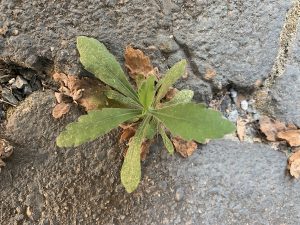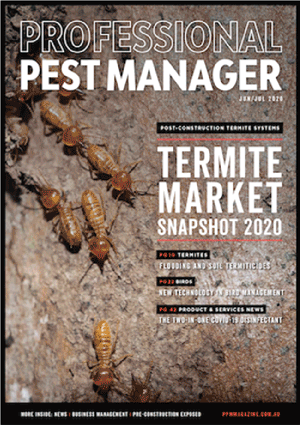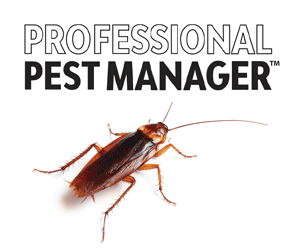A common weed faced by lawn managers, fleabane is one species where a selective herbicide can deliver better results than the usual go-to glyphosate.
Fleabane (Conyza spp.) is a summer annual that often occurs in lawns or springs up between pavers, in garden beds, driveways and undisturbed areas. It is an extremely difficult to control weed and if it’s not taken care of and allowed to flower prolifically, homeowners will have a perennial problem.
There are three main species of eabane in Australia: flaxleaf fleabane (Conyza bonariensis), tall fleabane (Conyza albida) and Canadian fleabane (Conyza canadensis).
Young fleabane plants appear as at weed, with slighted serrated leaves in a rosette formation. However, it is actually a tall-growing weed reaching up to one metre in height (two metres in the case of tall fleabane), developing a woody stem and significant taproot as it grows.
As the plant matures it develops small pale flowers, which do not fully open until the seeds have ripened and are ready for dispersal. Each plant can produce 120,000 fluffy seeds, which are readily dispersed by wind and on contact.
Whilst most homeowners would reach for a glyphosate product (such as Roundup or Zero) as they would to tackle most weed problems, glyphosate is not particularly effective on fleabane. Although glyphosate has the best chance of success on young seedlings (less than a month after germination), once the plant starts to elongate (shown in main picture, above) glyphosate becomes less effective – at best you may get some browning of the leaves and stunted growth. Indeed with glyphosate resistance being detected in some fleabane populations on the east coast, glyphosate is generally not the best option.

Fleabane is definitely one of the weeds where a selective herbicide delivers better results. A range of selective herbicides are labelled for fleabane, many of which include a combination of MCPA and dicamba, sometimes with the inclusion of clopyralid (a herbicide that is very effective on fleabane). When using these products on fleabane, the inclusion of a wetting agent (adjuvant) can significantly improve performance, as it allows superior penetration into the hairy leaves. Although a better option than glyphosate, targeting the young weeds (certainly before they start to elongate), also provides the best results.
When using herbicides containing clopyralid, it is important that grass clippings are not used for mulch around garden beds or for composting. This is because clopyralid has a long residual activity and the product remains in the leaves after mowing. If the clippings or compost are used around other plants as mulch, the herbicide may still be active, causing a detrimental effect to the non-target plants.
As with any selective herbicide, if you are to tackle fleabane or other weeds in lawns, it is important to confirm whether the product is compatible with the grass type(s) in the lawn.


